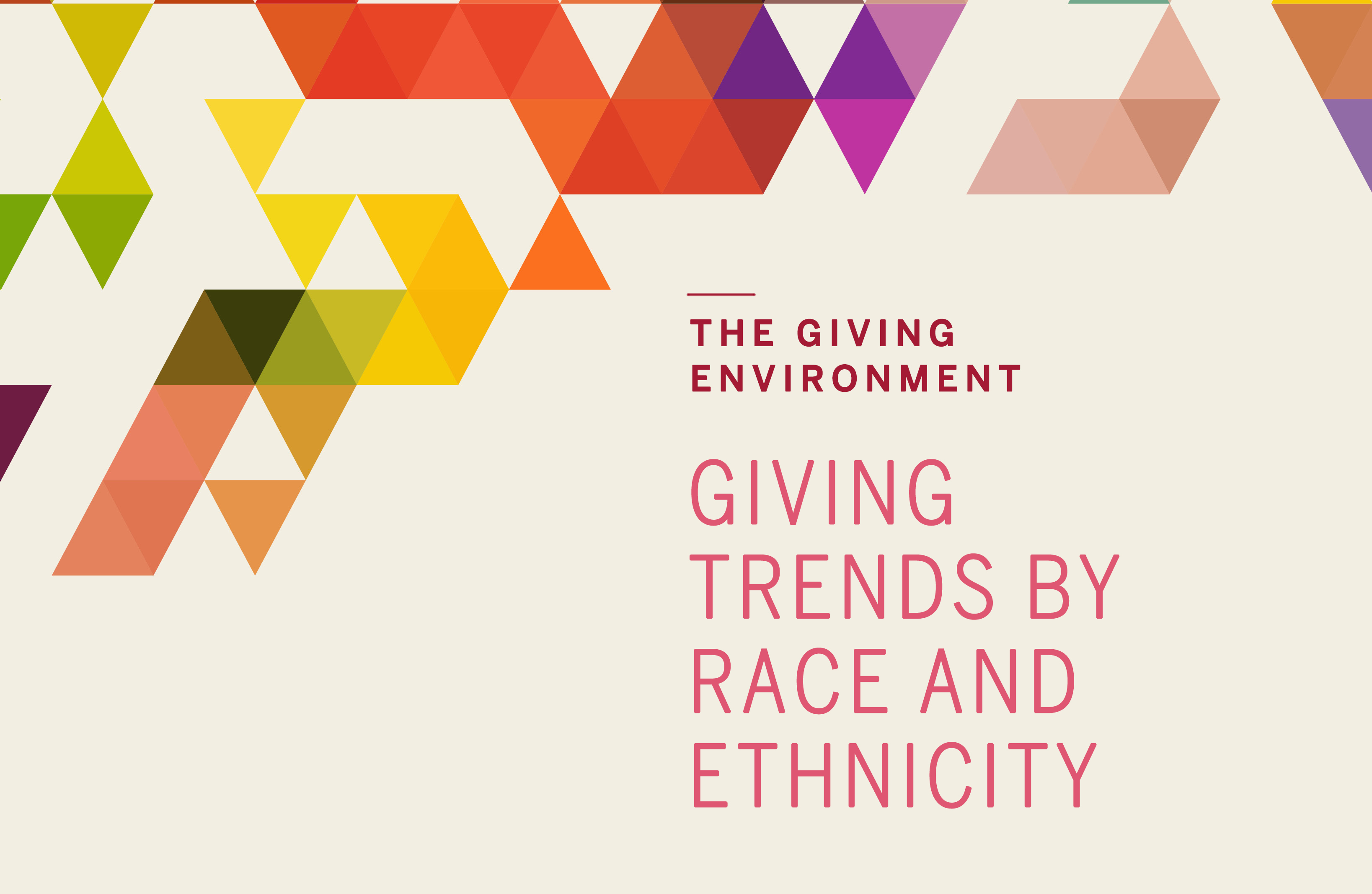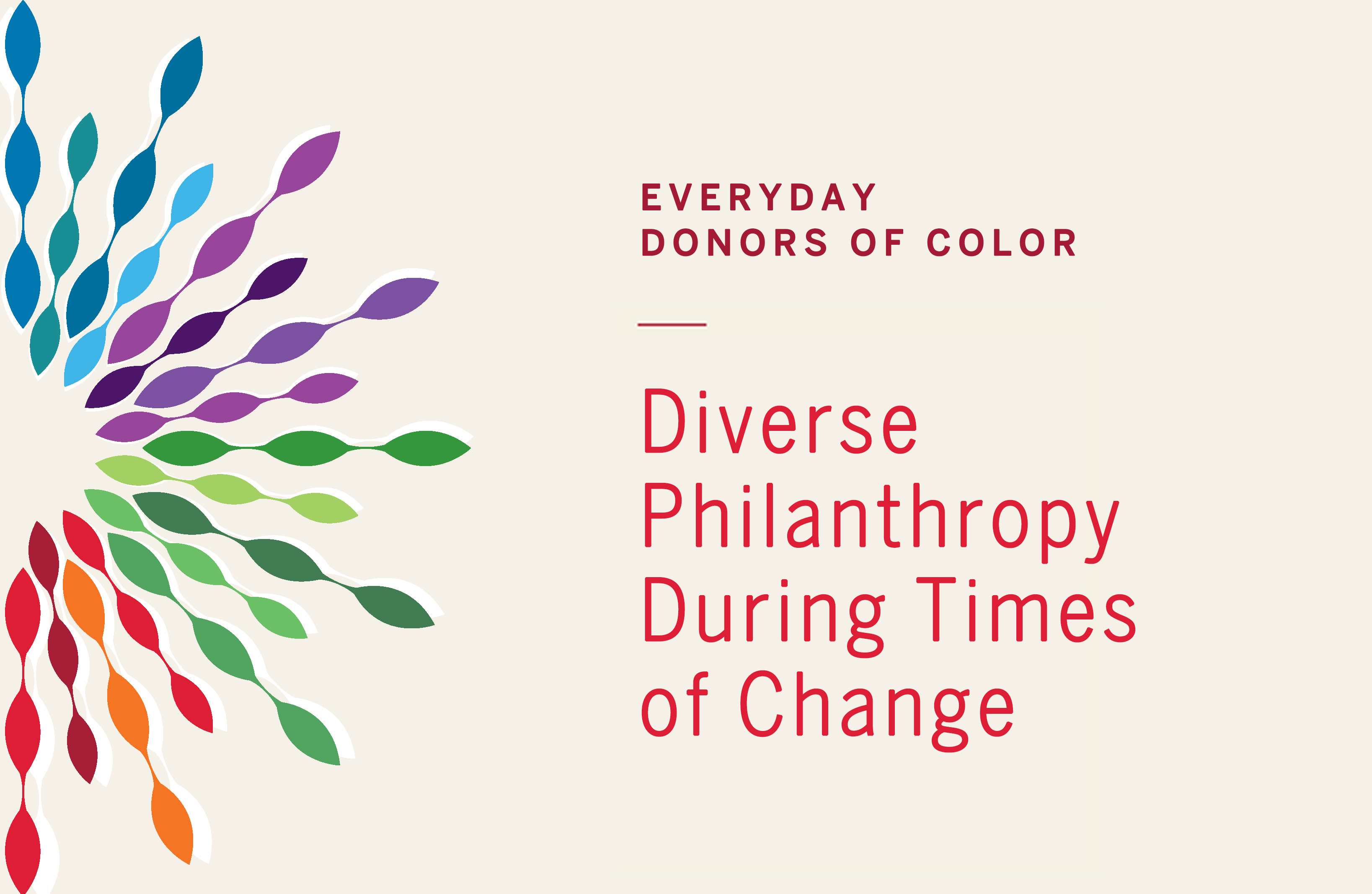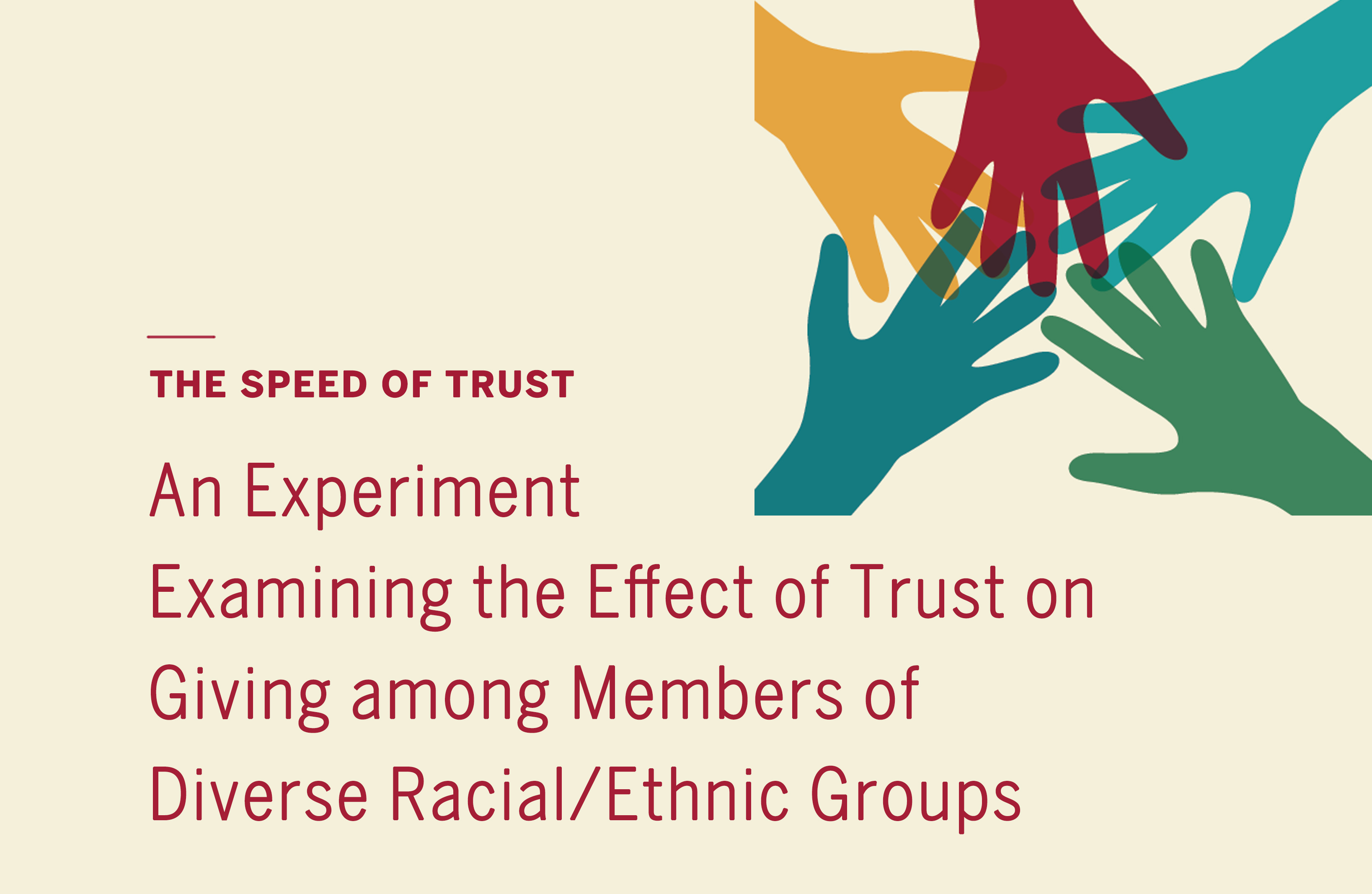Americans continue to demonstrate generosity. However, there was a steady decline in the percentage of households that give to charity between 2000 and 2018. The United States population is more racially and ethnically diverse now than before, while economic downturns and wealth disparities continue to have disproportionate impacts on communities of color. These shifts have significant implications for philanthropy and the nonprofit sector.
The Indiana University Lilly Family School of Philanthropy conducted two phases of research to understand everyday donors of color and their giving trends and patterns, funded by a grant from the Bill & Melinda Gates Foundation. The goal of the Everyday Donors of Color report series is to provide data and analysis to better understand the patterns and trends surrounding the decline in donor participation across communities of color.
The first phase report, Everyday Donors of Color: Diverse Philanthropy During Times of Change highlights the importance of departing from a one-size-fits-all philanthropic approach in the COVID-19 pandemic’s aftermath. The second phase reports, The Giving Environment: Giving Trends by Race and Ethnicity and The Speed of Trust: An Experiment Examining the Effect of Trust on Giving among Members of Diverse Racial/Ethnic Groups explore the impact of wealth, income, and trust on giving patterns within communities of color and the effect of trust in a charitable organization on donation behavior, respectively.





